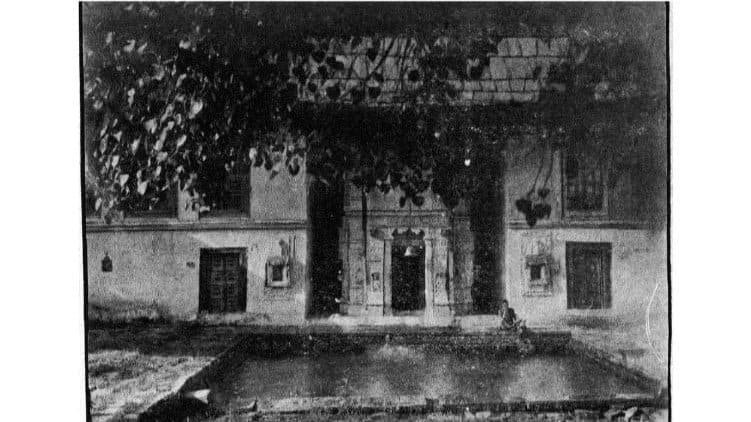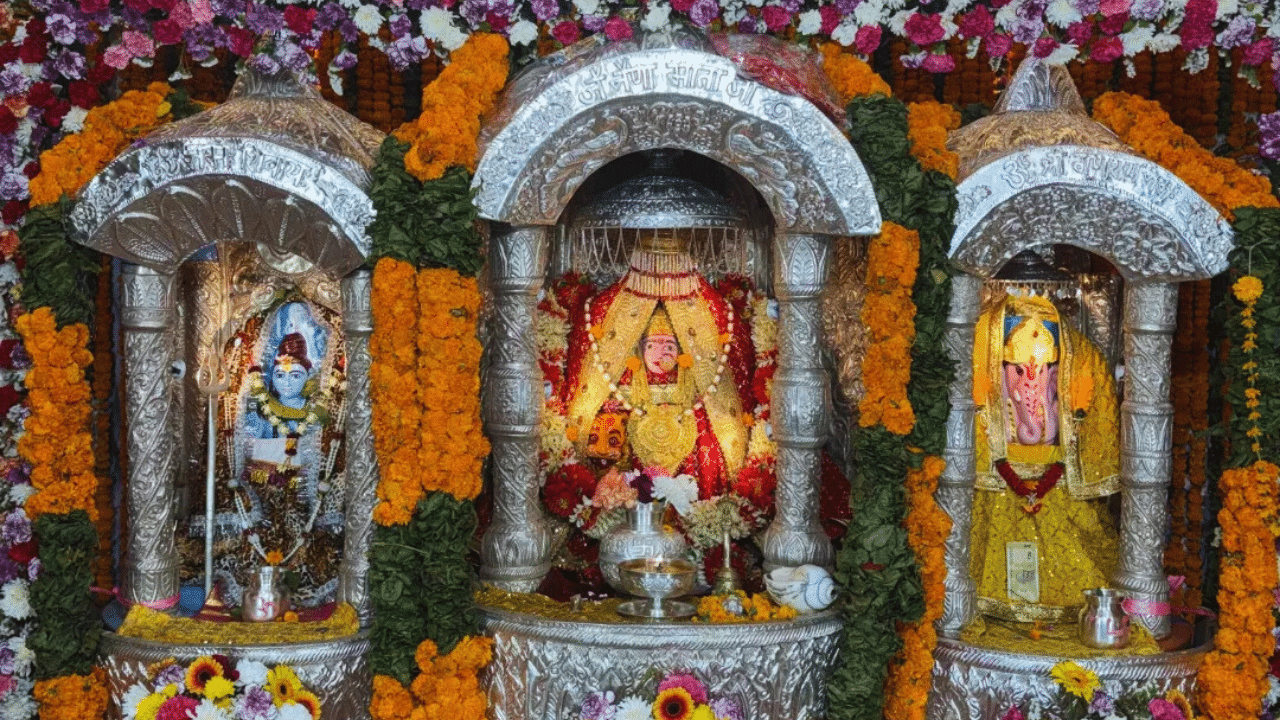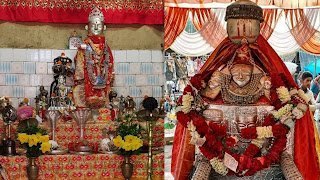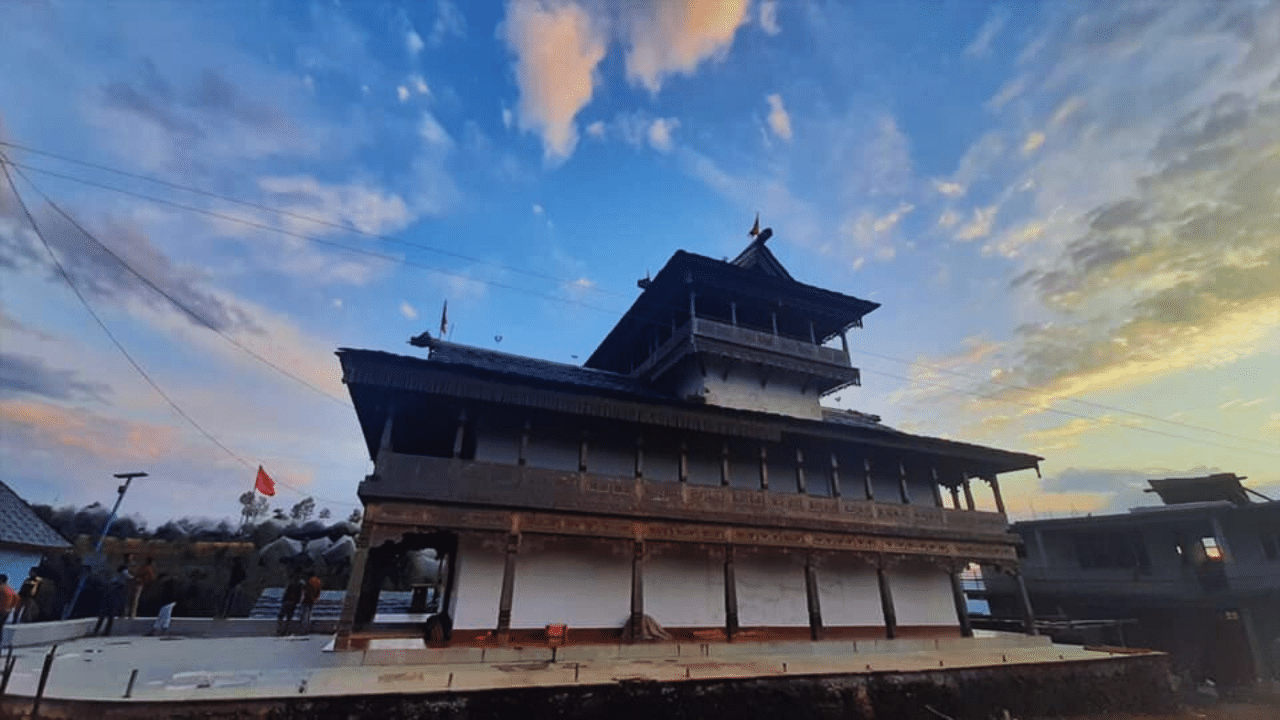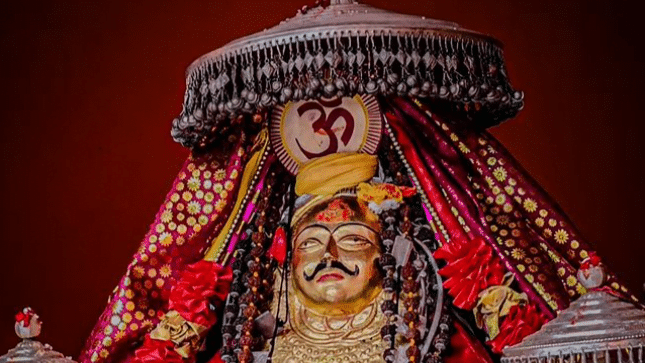Jagan Nath’s temple. — This temple is in Nagar town. The building is of pacca masonry. The story about its origin is that about 250 years ago, a Bairagi faqir came here from Jagan Math on the coast of Orissa. He had an idol of Jagan Nath made of sandalwood and the Suket Court hearing that he wished to sell it offered him Rs. 500 for it, but he refused the offer, saying that he was taking the idol to Kulu, the Raja of which had promised h m Rs. 1,000. By chance, the faqir died before he could set out for Kulu, and consequently, the idol was, by Raja’s order, placed in the buTd ngs previously used as a seraglio. He appointed pujaris to the temple and granted land for its maintenance, spending Rs. 500, the price of the idol, on the funeral ceremonies of the Bairagi, and built the temple at State expense.
Endeavours have been made to ascertain the date of the foundation of the temple, without success. The largest idol is that of Jagan Nath, which is a cubit in height. The nose, mouth, eyes and hands (without fingers) are visible in it. On its right side is an idol of Balbadhar, and at its left one of Lakhshmi. There are also other small idols, of Salig Ram, etc, in the temple. Its management is carried on by pujaris who belong to the Kondal gotra of Brahmans and possess only one house in the State. Except for the pujaris, nobody may work in the temple. The bhog offered to Jagan Nath consists of rice, pulse, etc. Parshad is also distributed. The cost of the bhog is defrayed from the income accruing from the land granted by the State for the maintenance of the temple. On the second of Asar Sudi (the date on which the fair is held at Jagan Nath in Orissa), a fair is held here. A brief description of it is given below:
Jagan Nath is supposed to become angry (with his wife) as a consequence of some misunderstanding. The pujaris are unable to explain bow the quarrel arose beyond saying that this is an imitation of what is done at the temple of Jagan Nath in Orissa. The pujaris and others assemble, put the idol in a palanquin and take it to the Jurnga garden on the Ghangal Khad, one mile from the town, and stay there for a day. Food is prepared in the garden and served to those who accompany the procession or arrive during the day. There is an idol of Ram Chandra in the garden and Jagan Nath pays a visit to it, cardamoms and nuts being distributed. On the third day Lakshmi, the wife of Jagan Nath, goes to the garden and is reconciled with Jagan Nath.”
The idol is then brought back, and placed in its temple where arti is performed. When Jagan Nath is taken to the Jumga garden, the procession is attended by the State officials, elephants and horses forming the retinue. Other people, with drums, flags palkis, etc. also join it. The idol is brought back in full retinue. Sometimes His Highness the Raja also graces the procession with his presence while going to the garden and back. About 400 people attend the procession.
